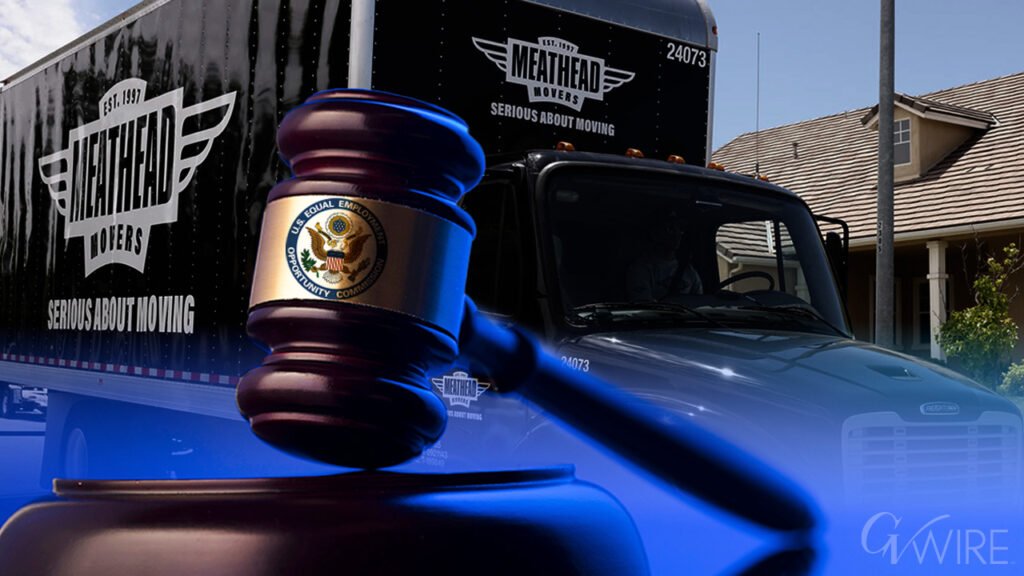United States Coast Guard Heavy Icebreaker Polar Star (WAGB 10) is shown in this undated photo in Antarctica. (Reuters File)

- Trump's tax bill allocates $8.6 billion to expand U.S. Coast Guard icebreaker fleet, aiming to counter China and Russia.
- Funding includes new heavy, medium, and light icebreakers as Arctic trade routes grow and geopolitical competition intensifies.
- U.S. shipbuilders in Texas and Mississippi compete to build cutters; delays and foreign yard options raise cost, timeline questions.
Share
|
Getting your Trinity Audio player ready...
|
LOS ANGELES – President Donald Trump’s massive tax and spending bill earmarks more than $8.6 billion to increase the U.S. Coast Guard icebreaker fleet in the Arctic, where Washington hopes to counter rising Russian and Chinese dominance.
The funding includes $4.3 billion for up to three new heavy Coast Guard Polar Security Cutters, $3.5 billion for medium Arctic Security Cutters, and $816 million for procurement of additional light and medium icebreaking cutters.
The cutters will have reinforced hulls and specially angled bows designed for open-water icebreaking.
The Coast Guard had been seeking eight to nine Arctic-ready ice breakers. Its current fleet now just includes three.
Trump has been pushing to revive U.S. shipbuilding to counter China’s growing strength in maritime manufacturing and naval dominance. Earlier this year, he unveiled separate plans to levy fees and tariffs on Chinese ships and port equipment including ship-to-shore cranes to bolster that effort.
As climate change shrinks polar ice packs, Arctic seas are increasingly being considered as trade routes connecting the Pacific and Atlantic Oceans to major economies.
China and Russia have been working together to develop Arctic shipping routes and fortify their defenses. The United States, Canada and Finland last year announced a trilateral partnership called the “ICE Pact” to build a fleet of 70 to 90 ice-breaking ships over the coming decade to “project power” into the polar region and enforce international norms and treaties.
Trump has also repeatedly called for the United States to acquire as many as 40 new icebreakers to enhance national security in the Arctic. Those icebreakers could help companies with logistics and keep open supply lines for potential oil and gas and mineral development in the rugged and frigid region.
Russia has the world’s largest fleet of icebreakers and ice-capable patrol ships with 57, according to the International Institute for Strategic Studies.
China has a far smaller fleet, but is also investing in growing it. The two countries in May pledged to raise cooperation to a new level and “decisively” counter U.S. influence.
Who Builds Them?
Potential shipbuilders for the new U.S. icebreakers include Quebec-based Davie Shipbuilding, which in June announced plans to buy Gulf Copper & Manufacturing’s shipbuilding assets in Galveston and Port Arthur, Texas.
“We welcome the commitment to strengthen America’s icebreaker fleet,” a Davie spokesperson said. “This is a vital step in addressing growing threats and emerging opportunities in the Arctic.”
Singapore-based Keppel’s Keppel Amfels also has a presence in Texas.
Louisiana-based shipbuilders Bollinger Shipyards and Edison Chouest Offshore in May announced a strategic partnership called United Shipbuilding Alliance (USA) to build icebreakers to meet “urgent Arctic operational needs.”
Bollinger is already building the first ship in the Polar Security Cutter Program at its Pascagoula, Mississippi, facility. But the project, started by a shipbuilder Bollinger purchased, “has been plagued by delays and cost overruns,” the Congressional Budget Office said. Representatives from Bollinger did not immediately respond to a request for comment.
An August 2024 CBO report estimated that building all three new Polar Security Cutters on the Coast Guard wish list would cost $5.1 billion in 2024 dollars, roughly 60% more than the Coast Guard had estimated.
Shipyards in Canada or Finland could also build the ships, but that would require a presidential waiver for the U.S. Coast Guard to buy ships from a foreign yard, U.S. Naval Institute News said.
The Coast Guard recently took possession of its first polar icebreaker in 25 years. Built by Edison Chouest Offshore’s North American Shipbuilding in 2012, according to LSEG data, the modified Coast Guard Cutter Storis set sail in June and its home port will be Juneau, Alaska.
The polar fleet also includes the 399-foot heavy icebreaker Polar Star, and the 420-foot medium icebreaker Healy, according to its website.
(Reporting by Lisa Baertlein in Los Angeles, additional reporting by Timothy Gardner and Valerie Volcovici in Washington; Editing by Bill Berkrot)



















